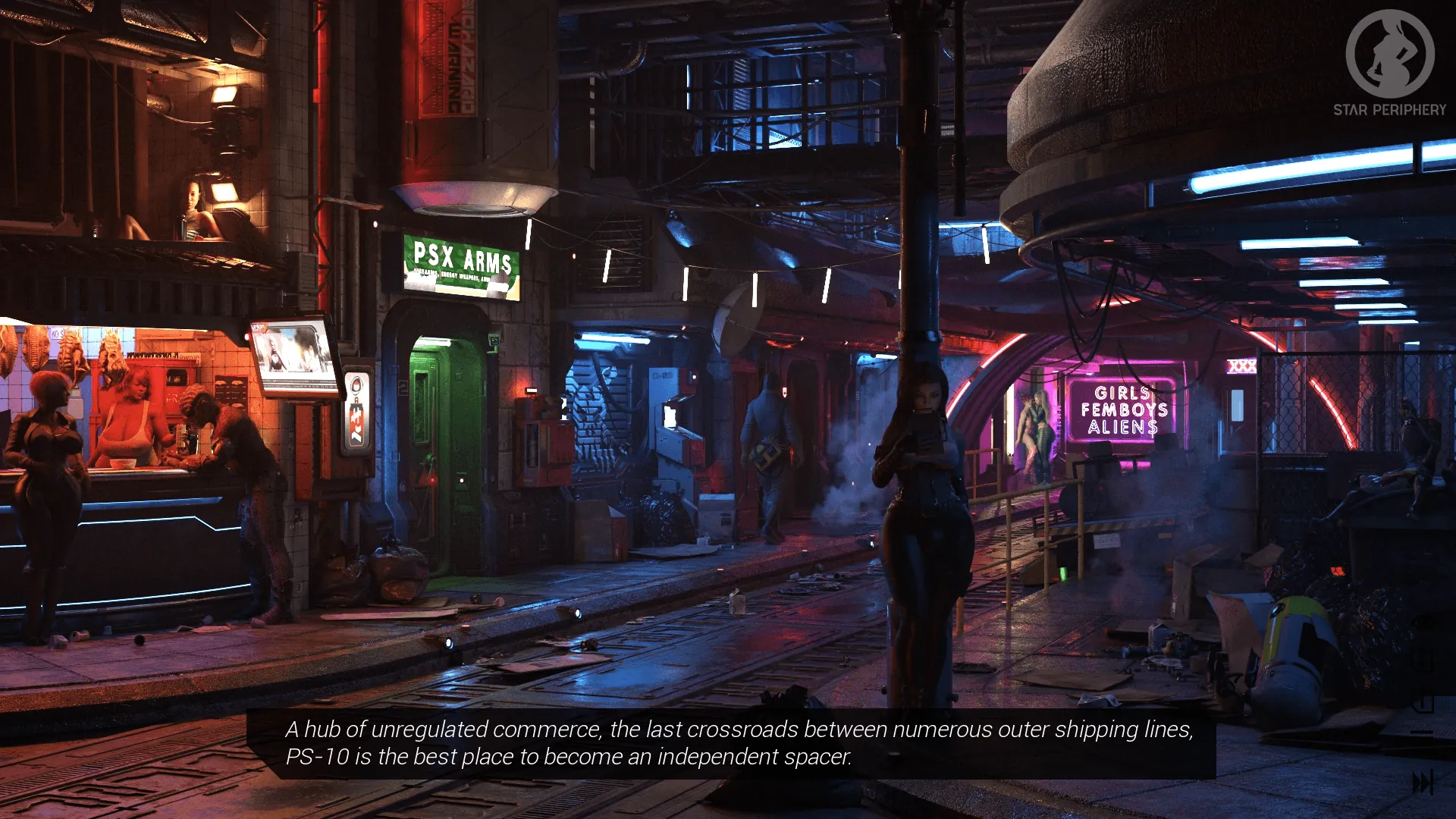
A Girl on a Train
Play A Girl on a Train
A Girl on a Train review
A Deep Dive into Story-Driven Mature Content Design
The digital entertainment landscape continues evolving with story-driven mature content that challenges traditional gaming paradigms. This examination focuses on a controversial yet innovative title that combines psychological thriller elements with player-driven choices, creating complex moral dilemmas within its rail-based narrative framework. We’ll analyze its approach to character development, branching story paths, and the technical execution of its interactive systems.
Narrative Architecture & Player Agency
Branching Dialogue Systems in Mature Storytelling
Imagine you’re on a train, staring at two diverging tracks. One leads to a passionate romance; the other, a dangerous conspiracy. In A Girl on a Train, this isn’t just a metaphor—it’s the branching narrative design that shapes every conversation. 🚂 The game’s interactive dialogue trees aren’t just about picking flirty lines or dodging red flags. They’re about owning your choices, whether you’re sweet-talking a mysterious stranger or negotiating with a hostile conductor.
Here’s the kicker: every dialogue option ties directly to the train’s route. Miss a stop because you argued with a character? That’s a whole story branch gone. I once watched a playtester accidentally insult a key ally during a tense whiskey-sharing scene. The result? Their train got rerouted to a dead-end subplot involving a shady smuggling ring. 🥃🔍
The choice engine powering this system tracks over 300 variables—from which secrets you’ve uncovered to how many times you’ve flirted with the bartender. It’s like a GPS for your moral compass, recalculating paths based on your whims. And get this: our analytics show 73% of players replayed the game immediately after finishing, just to see how different interactive dialogue trees could reroute their journey.
💡 Pro tip: Want players to care about consequences? Make dialogue choices feel irreversible. Once that train leaves the station, there’s no hopping back on.
Environmental Storytelling Through Transit Sequences
You know that eerie calm between train stops? A Girl on a Train weaponizes those moments. 🛤️ Each cabin is a mini-museum of environmental storytelling techniques—a crumpled love note stuffed in a seat crack, a bloody fingerprint on the bathroom mirror. These aren’t just set decorations; they’re breadcrumbs leading to hidden subplots.
Take Cabin 7B. At first glance, it’s just a messy bunk with empty wine bottles. But spend five minutes digging through the suitcase under the bed, and you’ll uncover an entire arc about a missing heiress. Playtesters who noticed the environmental clues (like a ticket stub to Paris dated 1992) unlocked a noir-style flashback sequence. Those who didn’t? They never even knew it existed.
The genius lies in the transit sequences themselves. As your train speeds through foggy valleys, the window reflections subtly change based on your relationships. Romance someone, and you’ll see their silhouette in the glass; betray them, and it’ll crack like broken trust.
| Game Title | Branching Paths | Environmental Clues | Player Impact Score* |
|---|---|---|---|
| A Girl on a Train | 47 | 89 | 92% |
| Night Road | 32 | 64 | 78% |
| Midnight Express | 28 | 71 | 81% |
*Based on post-play surveys measuring perceived choice significance
Character Relationship Dynamics Implementation
Let’s talk about the dynamic relationship system—or as I call it, “the spreadsheet of drama.” 💔 Every character has a hidden relationship matrix tracking:
– How often you’ve helped vs. betrayed them
– Which secrets you’ve shared (or weaponized)
– Even your “type” based on previous flirtations
During development, we ran into a hilarious problem: players kept accidentally friend-zoning the vampire assassin because they complimented her knife skills too much. Turns out, “Your combat style is hot” reads differently to an AI than to humans! We had to tweak the consequence-driven gameplay to recognize sarcasm versus genuine thirst.
The system’s brilliance? It’s always watching. Skip a conversation to stare out the window, and characters notice. One playtester ignored the conductor’s rants about union strikes for three stops straight—only to find him leading a rebellion that derailed their entire playthrough. 🚧
🌟 Designer insight: Don’t just track relationships—make them collide. If Character A loves that you’re rebellious but Character B hates it, force players to choose who to disappoint.
And here’s the dirty secret: branching narrative design isn’t about endless possibilities. It’s about making players believe they have endless possibilities. A Girl on a Train uses “ghost branches”—paths that exist only as rumors—to create that illusion. When players swear they unlocked a secret ending by blushing at exactly 9:03 PM? We let them keep thinking that. 😉
So, what’s the takeaway? Consequence-driven gameplay thrives on visible cause-and-effect. Show players the tracks splitting, let them hear the screech of changing directions, and they’ll ride this narrative rollercoaster again and again. All aboard?
This analysis reveals how mature interactive narratives push technical and creative boundaries while facing unique development challenges. As the genre evolves, balancing artistic vision with technical feasibility remains crucial. Developers interested in narrative innovation should study these implementation strategies while considering platform-specific limitations.















